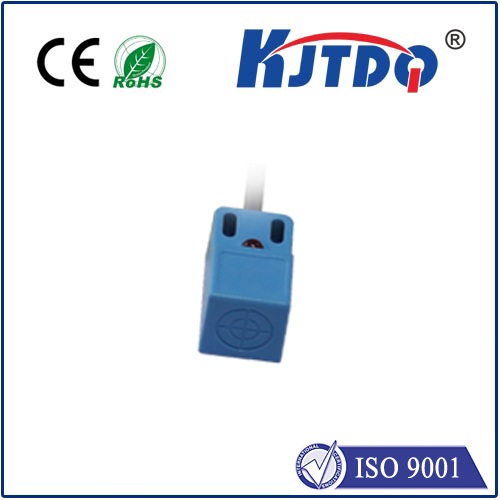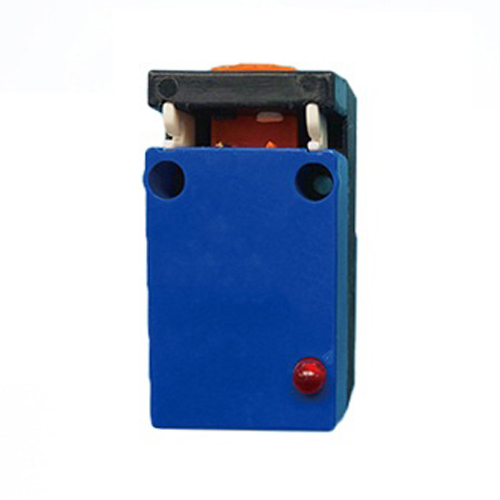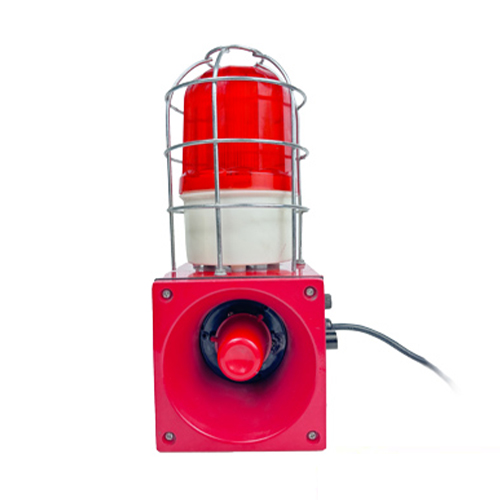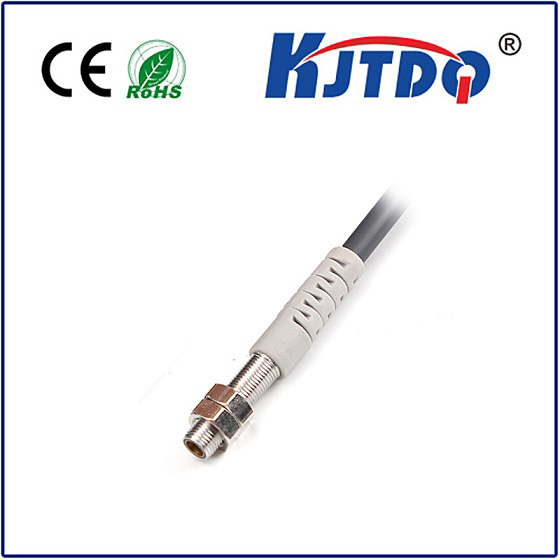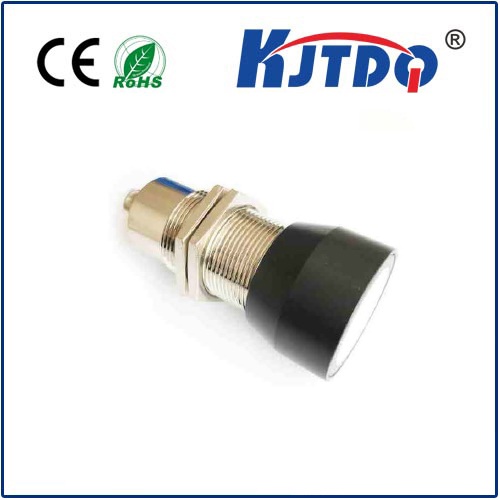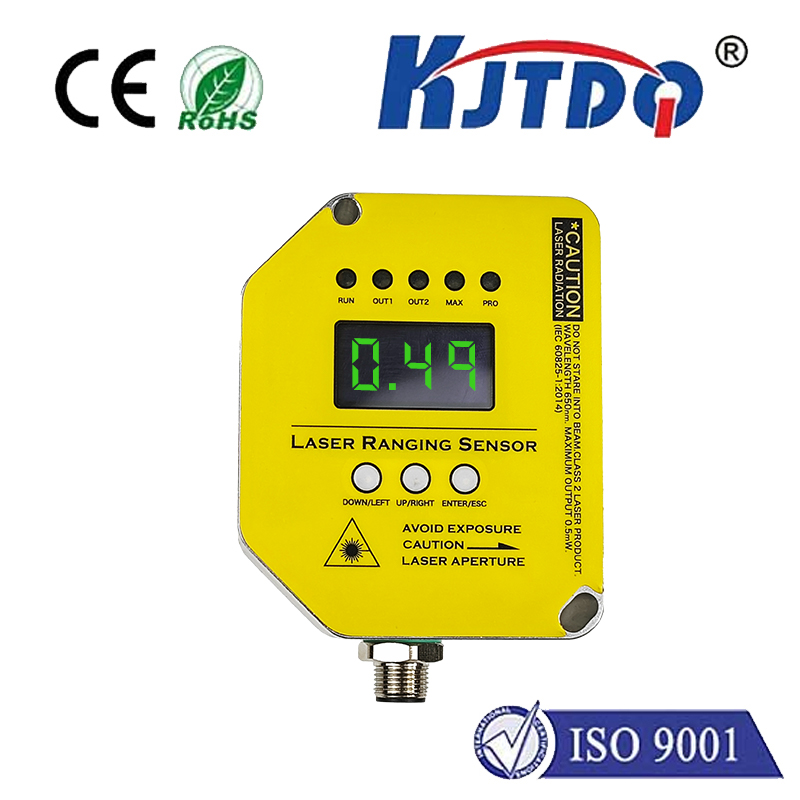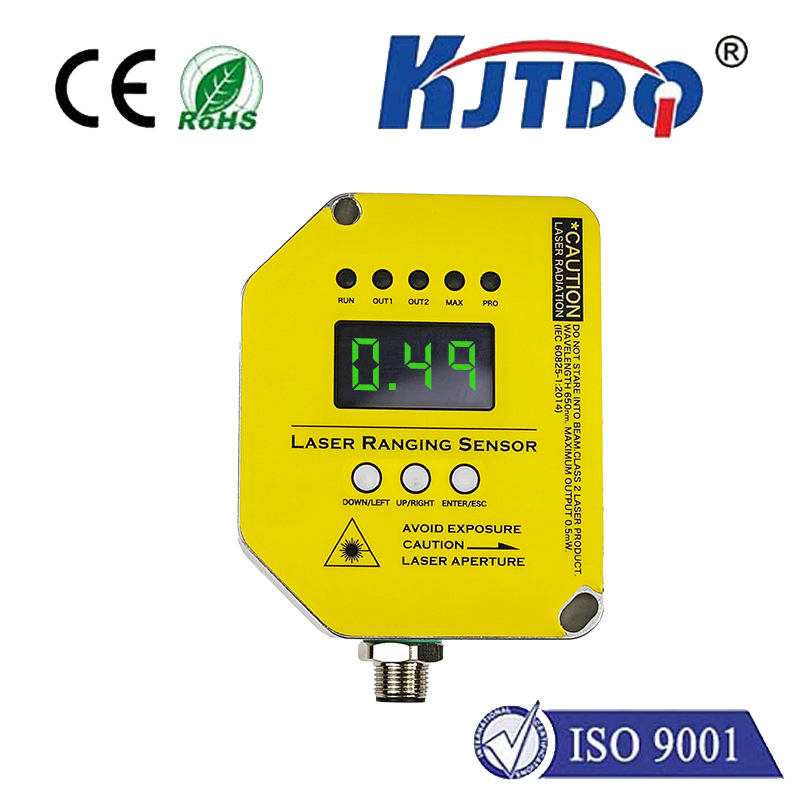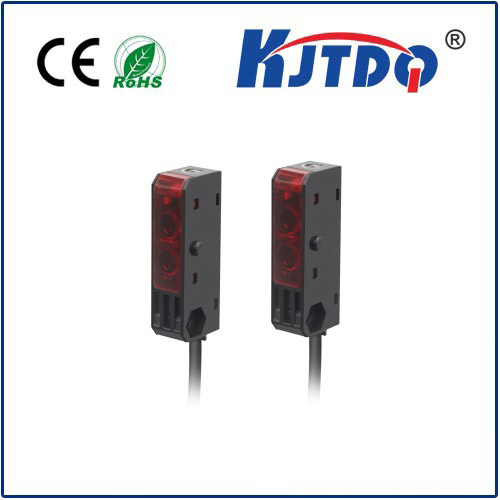double distance proximity sensor
- time:2025-09-07 03:49:02
- Click:0
Double Distance Proximity Sensors: Precision Detection at Dual Thresholds
Ever needed a proximity sensor that does more than just detect presence or absence? What if you required distinct alerts for an object entering a general vicinity versus when it approaches a critical distance? Standard single-threshold sensors fall short here. Double distance proximity sensors step in as the sophisticated solution, enabling dual-level object detection within a single, compact device. This article explores how these powerful sensors work, why they are transformative, and where they unlock significant operational advantages.
Decoding the “Double Distance” Mechanism
Unlike their conventional counterparts that trigger a single output signal (ON or OFF) when an object crosses a fixed detection range, double distance proximity sensors incorporate dual, independently adjustable sensing thresholds. Think of it as having two virtual tripwires at different distances from the sensor face. This allows the sensor to provide two distinct output signals, each corresponding to one of the preset distances.
- First Threshold (Distance 1): Detects an object entering the outer zone (e.g., 30mm range). This often corresponds to Output 1 activating. Imagine this as an early warning or preparatory signal.
- Second Threshold (Distance 2): Detects the object reaching the inner, potentially critical zone (e.g., 15mm range). Output 2 activates at this point, signaling a precise positional event.
How They Achieve Dual Detection (Typically Inductive)
The most common double distance sensors use inductive sensing principles. They generate an oscillating electromagnetic field from their sensing face. When a metallic object enters this field, it induces eddy currents, causing a detectable change in the oscillation’s amplitude or frequency.

The innovation lies in sophisticated internal electronics that continuously monitor the magnitude of this change. Instead of simply triggering at one predefined change level, they can evaluate the signal against two independently set thresholds:
- Amplitude Comparison: The strength of the dampening effect on the oscillation correlates with the distance of the metal target. The electronics compare this amplitude to the preset threshold values for Distance 1 and Distance 2.
- Dual Output Control: Based on which threshold the measured amplitude crosses, the corresponding output (Output 1 for Distance 1, Output 2 for Distance 2) switches state. Depending on the sensor type, outputs can be NO/NC (Normally Open/Normally Closed) PNP, NPN, or push-pull configurations.
Why Choose Dual Distance Sensing? Key Advantages
Integrating a double distance proximity sensor offers compelling benefits over using multiple single-threshold sensors:
- Space Optimization & Cost Efficiency: Replaces the need for two separate proximity sensors mounted at different distances. This saves significant space in cramped machinery and reduces component costs and wiring complexity.
- Enhanced Process Control & Sequencing: Provides two distinct positional feedback points from a single sensing location. This is invaluable for complex sequencing, like initiating a slow-down when an object is detected (Distance 1) and triggering an exact stop or action when it reaches the precise point (Distance 2). Think robotic gripping or precision assembly.
- Improved Safety Functions: Can act as a rudimentary safety check. For instance, Output 1 could signal “machine operational,” while Output 2 signals “object in immediate work zone – enable action.” While not replacing dedicated safety sensors (e.g., SIL-rated), they add a layer of confirmation.
- Detection of Different Object Sizes: The different sensing distances can sometimes be leveraged to distinguish between larger objects (detected at Distance 1) and smaller objects (only detected when closer, at Distance 2).
- Simplified Calibration & Flexibility: Setting up precise distances between two independent sensors can be time-consuming and error-prone. With a double distance sensor, both thresholds are adjusted on the single device via potentiometers or teach-in functions, ensuring the desired gap between detection points is reliably maintained. Adjustable sensing ranges offer flexibility for different applications.
Where Double Distance Proximity Sensors Shine: Applications
These sensors find their niche in applications demanding nuanced positional awareness:
- Robotics & Automation: Precise positioning of grippers, end-effectors, or tools. Detecting when a part is approaching (Distance 1) and confirming its exact position for pick-up or placement (Distance 2). Controlling movement sequencing in complex paths.
- Material Handling & Conveying: Monitoring stacking height – one output signals nearing capacity (Distance 1), the second signals full (Distance 2). Triggering different stages of sorting or diverting based on object position relative to a sensor.
- CNC Machining & Metalworking: Verifying tool length or presence at two distinct points. Monitoring workpiece position for multi-stage machining processes requiring different tool engagement depths. Detecting fixture presence and clamp closure confirmation.
- Packaging Machinery: Signaling when a product enters a station (Distance 1) and then confirming it’s fully seated or in position for sealing/capping (Distance 2).
- Assembly Lines: Ensuring components are present (Distance 1) and verifying they are inserted to the correct depth (Distance 2). Controlling part insertion sequences.
Selecting and Implementing Effectively
When choosing a double distance inductive proximity sensor, consider:
- Sensing Range: Maximum detectible distances for both thresholds. Ensure they cover your required distances.
- Output Type: Select PNP, NPN, or push-pull outputs compatible with your PLC or controller inputs. Confirm the switching logic (NO/NC) for each output.
- Adjustability: How easy is it to set the two distances? Potentiometers offer fine-tuning, while teach-in buttons might be faster. Independence of adjustment is crucial.
- Hysteresis: Understand the hysteresis (difference between switch-on and switch-off point) for each output to avoid chattering near the threshold.
- Housing & Environment: Choose the appropriate form factor (cylindrical, block-style) and material (nickel-plated brass, stainless steel) for mechanical and chemical compatibility. Check IP ratings for dust/water resistance.
- Electrical Connections: Pre-wired cables or connectors? M8/M12 connectors are standard and robust.
Unlocking Precise Control in a Single Device
Double distance proximity sensors represent a significant leap in sensing capability. By providing two distinct levels of object detection from a single point, they deliver unprecedented operational intelligence for automation systems. Their ability to enable complex sequences, enhance positioning accuracy, optimize space, and reduce costs makes them a strategic choice for engineers seeking to refine control logic and boost efficiency. Moving beyond simple presence detection, these sensors empower machines with nuanced positional awareness, paving the way for smarter, more responsive automation.













